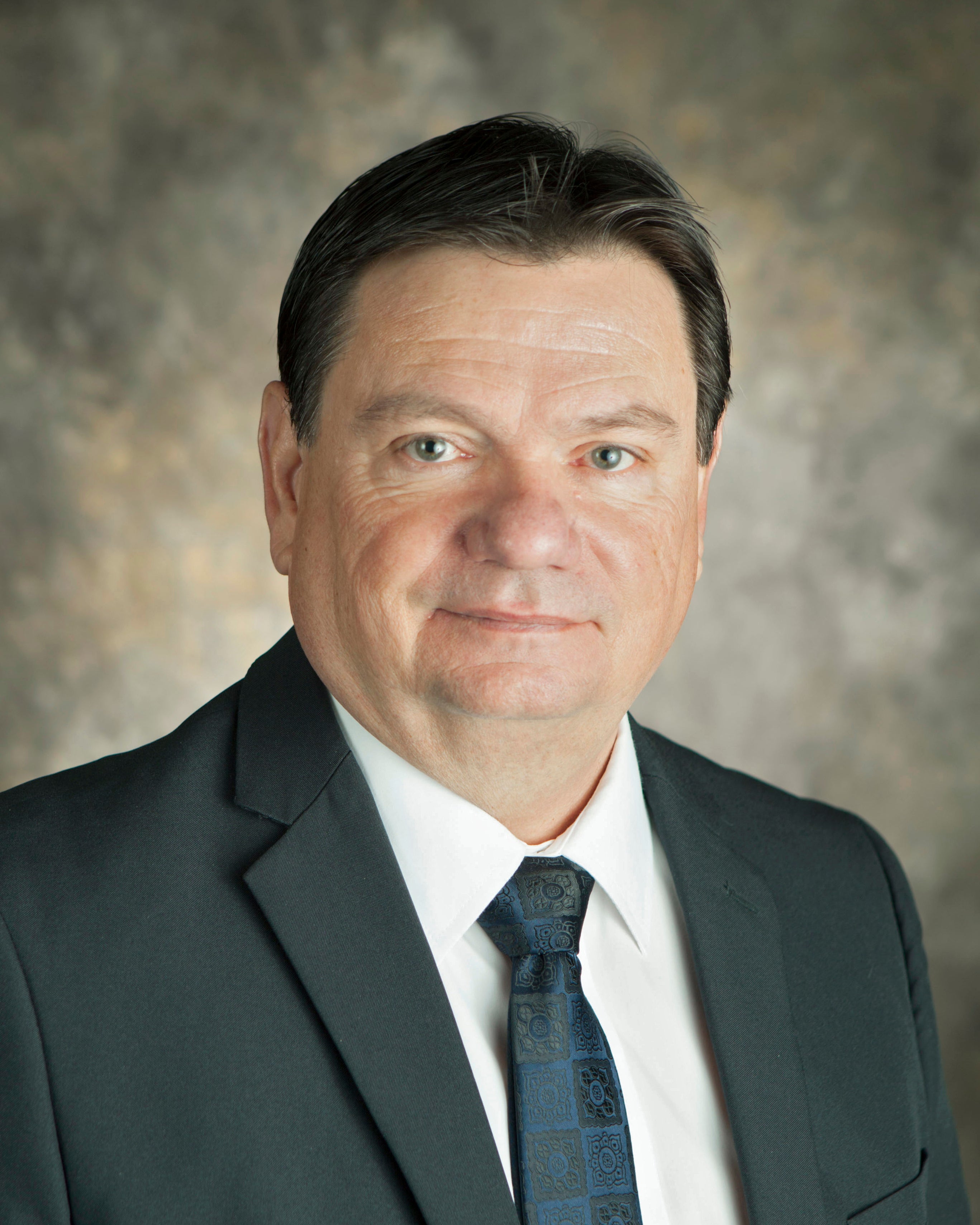You may have at one time or another received a recorded message from United Power informing you of a “preplanned” outage in your area. At the time, you may have been curious what a planned outage is and why the cooperative needs to perform them. In order to maintain the reliability of the system, sometimes repairs need to be made to crucial parts of the electric grid. Some repairs can be made without interrupting power, but at other points it either wouldn’t be possible or would be too dangerous for linemen to work while power is flowing.
While the interruption of power may sound like an inconvenience, the short outage ensures greater long-term reliability. Regular system upgrades are necessary for optimal performance. The cooperative’s engineering and operations teams are constantly reviewing the system and identifying areas of improvement or where upgrades can minimize outages while increasing both reliability and security.
Aside from the safety of you and our crews and better performance leading to greater reliability, there are a few more things you should know about preplanned outages. When one of these outages is necessary, the cooperative makes upgrades that affect as few members as possible. Rarely do preplanned outages impact more than a few members. In the rare instance a larger number of members are impacted, there will be more advanced notice. Generally, the larger the outage, the more advanced notice members will receive. Preplanned outages are also scheduled for small windows – usually no more than five hours – when most members are away from the home.
United Power also sends members prerecorded phone messages informing them of work happening in their area. It’s important to differentiate these calls from preplanned outage notices. A notice of work in your area does not always mean you will experience an interruption in power.
In order to receive notices about work in your area or preplanned outages, your contact information on file with the cooperative must be up to date. As new software becomes available, you may also have more options for how to receive important updates from United Power. However, any notice the co-op sends will be tied to the information on your account. If the information on your account, such as phone numbers and email addresses, is not current or is incorrect, you could be missing these important notices.
You can check your contact information and make updates using the free online payment portal, SmartHub, or by calling the Member Services team at 303-637-1300.


